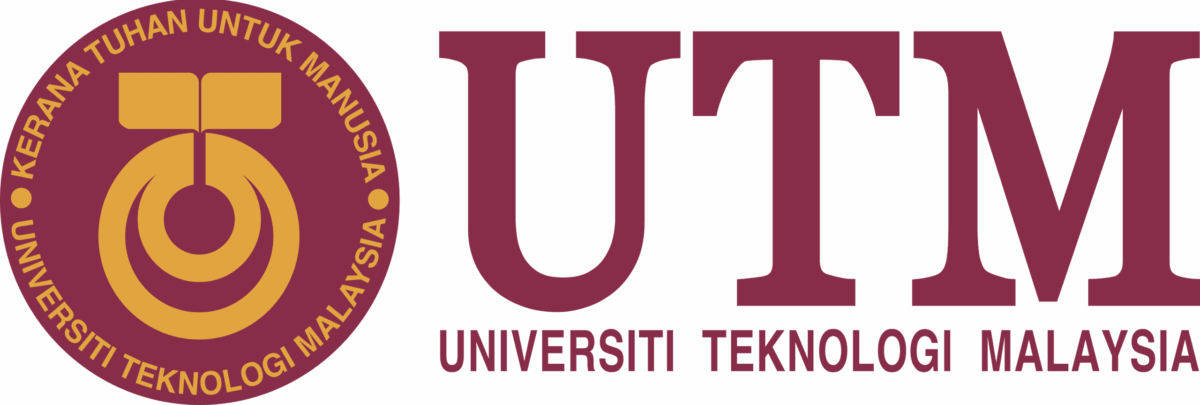By Shahabuddin Amerudin
1. Introduction
Selecting the right computer for AI/ML, GeoAI development, and local LLM inference is a crucial decision that impacts long-term productivity, efficiency, and scalability. Apple’s Mac Studio and Mac Mini models offer various configurations tailored for high-performance computing, but the choice must balance budget, power consumption, memory requirements, and computational power. This analysis will help determine the best Mac for your needs, considering factors like deep learning workloads, GIS processing, and running large language models (LLMs) locally.
2. Budget and Cost Considerations
With a budget of around RM 10,000, there are strong options available. However, considering the non-upgradability of Apple Silicon Macs, it’s important to invest wisely in a configuration that will remain relevant for years. Apple offers education pricing for university students and educators, making higher-end models more accessible.
Among the best options:
- Mac Mini (M4 Pro, 64GB RAM, RM 9,394.00)
- Great for AI/ML workloads, but limited by a 20-core GPU.
- Not ideal for LLM inference or large-scale GIS projects.
- Mac Studio (M4 Max, 36GB RAM, RM 8,914.00)
- More powerful than the Mac Mini, but 36GB RAM may be insufficient for deep learning and AI training.
- Mac Studio (M4 Max, 48GB RAM, RM 10,826.50)
- Better GPU and RAM capacity, but slightly over budget.
Considering future-proofing and performance needs, the best budget-conscious choice is the Mac Studio (M4 Max, 48GB RAM, RM 10,826.50), if slight overspending is acceptable. Otherwise, the Mac Mini (M4 Pro, 64GB RAM) remains a strong contender.
3. Performance for AI/ML and GeoAI Development
GeoAI applications require significant parallel computing power, memory bandwidth, and GPU acceleration. The Mac Studio (M4 Max, 128GB RAM) emerges as the best choice because:
- 16-core CPU ensures fast execution of GIS models and spatial analytics.
- 40-core GPU delivers high-performance geospatial rendering and AI model training.
- 16-core Neural Engine accelerates machine learning inference tasks.
- 128GB unified memory allows handling massive geospatial datasets and deep learning frameworks without bottlenecks.
While higher configurations (M3 Ultra, 512GB RAM) exist, they are significantly more expensive (RM 37,336.50) and are only necessary for enterprise-scale AI modeling and multi-LLM workloads.
4. Running Local LLMs: Memory and GPU Considerations
Running 70B parameter LLMs like DeepSeek-R1, LLaMA 3.3 70B, or Qwen2.5 72B requires substantial GPU memory. Based on the LLM Inference Memory & GPU Count Calculator, a Mac Studio (M4 Max, 128GB RAM) is sufficient for FP8 quantized models, requiring only 77GB total memory. This makes it the best option for:
- AI-assisted coding and software development using local LLMs.
- Fine-tuning and inference of large models without cloud dependency.
- Fast response times and privacy for sensitive AI workloads.
However, for higher precision (e.g., FP16) or multiple LLM instances, M3 Ultra (512GB RAM) would be needed, though at a much higher cost.
5. Power Consumption for 24/7 Server Usage
If used as a 24/7 AI server, power consumption becomes a factor. The Mac Studio (M4 Max) is optimized for efficiency, with power usage estimated at 60-100W under AI workloads, compared to a traditional high-end GPU workstation consuming 300W+. This means:
- Lower operational costs for continuous use.
- Better thermal efficiency and noise control.
- Long-term sustainability for AI research and development.
6. Conclusion
For AI/ML, GeoAI, and local LLM inference, the best option is the Mac Studio (M4 Max, 128GB RAM, RM 14,651.50 with education pricing). It provides the best balance between cost, performance, memory capacity, and efficiency. If budget weren’t a constraint, the Mac Studio (M3 Ultra, 512GB RAM, RM 37,336.50) would be the ultimate choice for large-scale AI research and multi-LLM workloads. However, for most professionals and researchers, the M4 Max (128GB RAM) remains the smartest investment for long-term usability and cutting-edge AI development.


